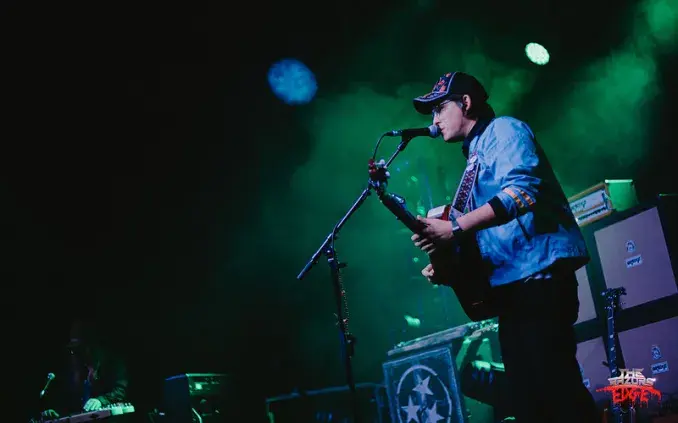War Horse at the Bristol Hippodrome review: still one of British theatre’s most phenomenal creations
- Paul Gainey

- Jun 12
- 3 min read
The National Theatre’s acclaimed production of “War Horse”, directed by Tom Morris with revival director Katy Henry, opened at Bristol’s Hippodrome theatre this week, bringing to life the classic story by Michael Morpurgo, adapted by Nick Stafford, with unique artistry and dynamism.
“War Horse” tells the story of young Albert and his horse, Joey, against the backdrop of World War One. The play follows the relationship between them prior to and during the outbreak of the war, separation throughout the fighting, and the aftermath of the armistice for Albert and Joey.

Joey, the beloved horse of Albert, is sold by the greed of his father to the Cavalry and shipped to France to help in the British war effort. Joey is soon caught up in the frightful experience of enemy fire, and fate takes him on a journey like no other. He serves on both sides of the battle, British and German before finding himself stranded and alone in no man’s land.
Back at home in the countryside, Albert is left frustrated and lost by Joey's departure. He's not old enough to enlist for war so he has remained on his parent's farm, unaware what has happened to his beloved horse and has the sheer determination that they will one meet again. It’s not long before he goes against the rules and enlists and he himself embarks on a mission to find Joey and bring him back home.

The play remains as timeless as it ever has been, and its contemporary relevance was difficult to ignore as the tragedies of war played out onstage.
The talented touring cast were accompanied by haunting music from singer Sally Swanson; deeply impactful animation throughout, and handmade, life-sized puppets provided by South Africa’s award-winning Handspring Puppet Company. Together, the varied artistic elements of this production – as well as outstanding performances from its cast – moved and enthralled.
Despite its tragic themes, it is ultimately a celebration of humanity, encapsulating the lives of all those impacted by World War One through the tale of one boy – and his horse. Each of the horses - made of gauze and bamboo, leather, and plywood - is manipulated by three people, who create the illusion of these huge creatures’ soulful nobility. Heroic steed Joey has no voice. Yet he’s still a remarkably articulate presence — snorting, twitching, and looking at everything around him with uncanny intensity, due to the skill displayed by the team of puppeteers, Rianna Ash, Chris Milford and Thomas Goodridge who operated Joey on this night.
Their ability to move together to create the mannerisms of a real horse, down to visible breathing patterns, was incredible – aided by the horse sounds created by the actors themselves. This was equally true of the puppeteers operating Topthorn; Tom Quinn, Lewis McBean, Michael Larcombe and Young Joey, Diany Samba-Bandza, Jordan Paris and Eloise Beaumont-Wood, who were able to give the horses their own personalities through movement.

Standout moments included Young Joey’s transformation into older Joey, Joey bonding with Albert in the ‘oat scene’, and – most impressively – the charging of the cavalry. The goose puppet provided much needed moments of comedy from the beginning.
As in the original production, the craft and artistry are deliberately exposed, and Katie Henry, who directs this revival, shares the scrupulous attention to detail.
A remarkable journey for a boy and his horse is undoubtedly heartbreaking, but it's also uplifting too. They encounter a shift in trust, a glimpse of hope in the times of fear and show a friendship that goes against all odds. The relationship between Albert and Joey was portrayed expertly by actor Tom Sturgess, characterised by a skittish energy, which gave him an endearingly boyish charm.

The set and lighting of War Horse was minimal, but impactful due to its simplicity. The use of projection and animation throughout the performance combined with the sound and lighting from Christopher Shutt and Rob Casey, was stunning.
The show remains a heart-tugging, visually inventive spectacle. It’s an occasion to reflect on the magnitude of both human and equine sacrifice in the First World War - not only the ten million military personnel who died, but the eight million horses.
But the magic lies in the puppetry, the horses, so touchingly expressive, have lost none of their power to haunt the memory.
Not only was it a testament to the fallen, and to the very real horrors of warfare, it was also a tribute to the power of hope, joy and the true meaning of friendship. At the end you will be both uplifted and slightly stunned, knowing that you have witnessed something very special indeed.






Comments